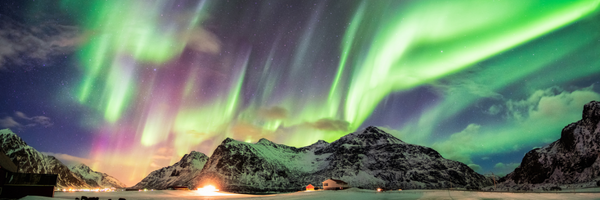
Though winter may be a cold and dreary time of year, there's no shortage of fascinating science to be found. From the northern lights to snowflakes, there's plenty to explore. So bundle up and let's take a look at some of the most interesting winter science out there!
What causes winter?
Winter happens when the Earth's axis is tilted away from the sun. The Earth's tilt changes throughout the year, and this is what gives us our seasons. The further away from the sun the Earth is tilted, the less direct sunlight we get rays, and the colder it becomes.
How does this affect us?
The reduced amount of sunlight during winter can affect our mood. This is because we are not getting as much vitamin D, which helps regulate our mood. Less daylight can also disrupt our sleep cycle because our bodies think it is time to go to bed when it starts getting dark outside.
What causes the Northern Lights?
One of the most beautiful natural phenomena, the northern lights are created when electrically charged particles from the sun interact with the upper atmosphere. These particles are drawn towards the poles by the Earth's magnetic field, where they collide with gases such as oxygen and nitrogen. This collision releases energy in the form of light, which is then visible from below as the northern lights.
How do snowflakes form?
Though they may all look different, snowflakes are actually quite simple in structure. They consist of a central nucleus—usually a dust particle—around which ice crystals radiate outward. The shape of the snowflake is determined by the temperature and humidity conditions present when it forms. For example, snowflakes form differently in warm, humid air than they do in cold, dry air.
What other sciences are affected by winter?
Another science that is affected by winter is animals. Some animals migrate to warmer climates during this season, while others hibernate. Hibernation is when an animal slows down their heart rate and metabolism to conserve energy. This allows them to survive on stored fat until spring arrives.